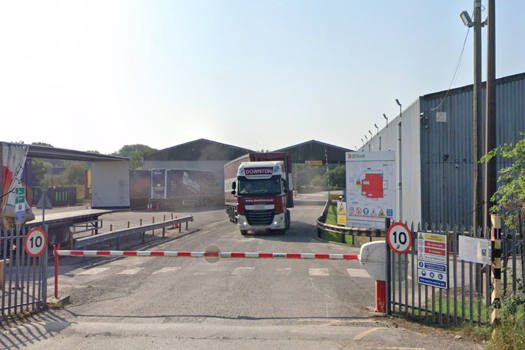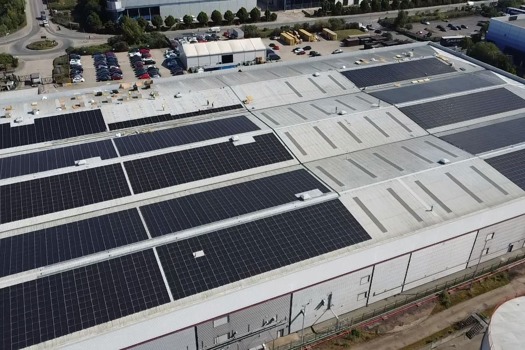Newspapers now contain more coloured pictures, which means that more ink is being printed on less paper, according to the Recyclability of Printed Products survey conducted by INGEDE, the international association of the deinking industry.
As more paper is collected, more and more papers that dont qualify for deinking are among the collections, while adhesives on labels and ink-jet inks that have water-soluble colourants that cant be removed are causing further problems, it adds.
In a bid to improve the situation, members of the paper chain in Germany had agreed on a set of orientation values for deinkability and adhesive applications, said INGEDE chairman Dr Ulrich Hke.
According to INGEDE, the orientation values for deinkability of a printed product show that luminosity is the most critical factor for offset newspapers.
But its more difficult to obtain the values for full-colour newspapers than conventional newspapers because the amount of ink used is the dominant factor.
Hke said the orientation values were now being tested in a new project investigating the recyclability of several newspapers in conjunction with German printer Axel Springer Verlag and Ringier of Switzerland.
The Confederation of European Paper Industries (CEPI) was one of six European organisations that signed a voluntary agreement, The Guide to and Optimum Recyclability of Printed Graphic Paper, last year. It is now seen as a blueprint for Europe.
Story by Andy Scott
Have your say in the Printweek Poll
Related stories
Latest comments
"Gosh! That’s a huge debt - especially HMRC! It’s a shock that HMRC allowed such an amount to be accumulated."
"Whatever happened to the good old fashioned cash job! At least the banks didn't take 2-3% of each sale. After 30 odd transactions that £100 quid you had has gone."
"It's amazing what can be found on the "web" nowadays!"
Up next...

Replacement 'will be operational later this year'
Walstead makes decision on Bicester 64pp

'Ridiculous decision'
Unite “prepared to fight” on proposed DS Smith site closure

Also helps mitigate volatile energy prices





